Elena F. Guiral
Teruel has a millenary agri-food culture developed in an arid, cold and hard land with the particular characteristics of the High Desert: heights estimated between 2,000 and 4,000 ft (600 and 1,300 meters) with short and very hot summers and summers cold and sunny but with presence of snowfall. This climate gives its cuisine a very particular personality reflecting those its inhabitants and their extraordinary ability to adapt to the territory.
In recent decades, farmers and producers in the province, mostly small farmes, are struggling day by day to preserve this millenary tradition. This is also the best way to fix population in a desertified territory, with 9 inhabitants per square kilometer, and to protect and care for the environment against the threat of climate change.
On the occasion of the XXV Teruel Cured Ham Fair, the Chamber of Commerce of the city organized a conference and a press visit last week to publicize the most representative food products of this area of Spain in which I was fortunate to participate .
Here a review of its star products to interest your palate.
Cured ham
Eclipsed outside Spain by the famous Iberian ham, Teruel ham also has much to offer the most exquisite palates. Teruel ham is produced from the Duroc pig variety, native to the province, at 800 meters of altitude and after a curing and drying process that always exceeds 14 months. All the pieces keep the hoof of the pig, a numbered label and the Mudejar star engraved on fire as a guarantee of quality and distinction.
The first museum in the world of Ham of Teruel, Aire Sano Experience in Puebla de Valverde, has been recently open to inform the general public about the process of making such a special product. It gives you the opportunity to enjoy an interactive experience around this product thanks to the latest technologies, learn to cut ham virtually and finish your tour in the Museum store and restaurant that stands out for its careful preparation of local products such as cured ham, trout, peach and saffron.
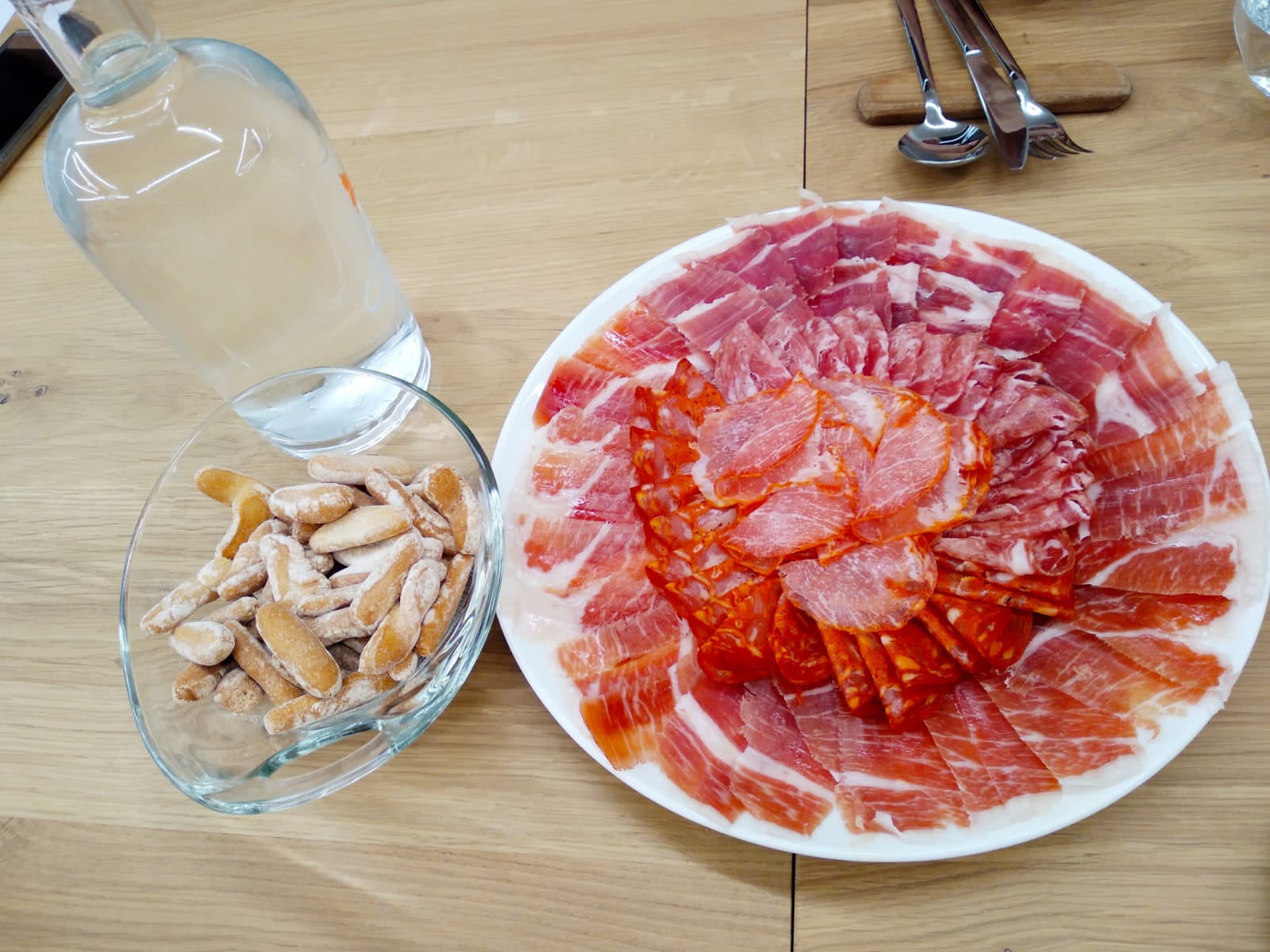
Bajo Aragon Extra Virgin Olive Oil
Centennial olive groves spread out through the province of Teruel, especially in the area of Bajo Aragón, Bajo Martín and Matarraña regions accustomed to the hard and generous winters in their production of local Empeltre, Arbequina and Royal olive varieties. More than 8,000 families are dedicated to grow it since it is a Denomination of Origin: its production has to meet a series of criteria established by the European Union. In fact, their producers are small and are grouped in cooperatives.
Juan Baseda, its technical director defines this Extra Virgin Olive oil as “soft, sweet, bit bitter and quite fruity, so it fits with everything.” Curiously, although in Aragon its consumption is very common, the denomination of origin finds it difficult to compete with the rest of olive oils in Spain since its price is higher and the consumer is accustomed to a more intense oil such as the picual, apart from the fact that its production is modest, between 5% and 10% throughout Spain. It is currently exported to the US and Asia, and is especially appreciated in Japan for its more subtle organoleptic qualities that harmonize perfectly with the delicacy of japanese cuisine.
Calanda Peaches
Yellow, large, soft and at the same time full of flavor for growing in dry land of hard and cold winters. This is a late summer crop due to the cold climate of the area.
They are really unique because of their large size, never less than 73 millimetres. Each box is composed of 20 pieces. This is achieved with a technique in which 70% of the tree’s production is eliminated when the fruits are the size of a tennis ball. In addition to this, the fruits that remain in the tree are pocketed in bags one by one to protect them from pests and maintain all the aroma and flavor that makes them an extraordinary product. In fact, only 10% to 15% of the production is certified as Calanda peach.
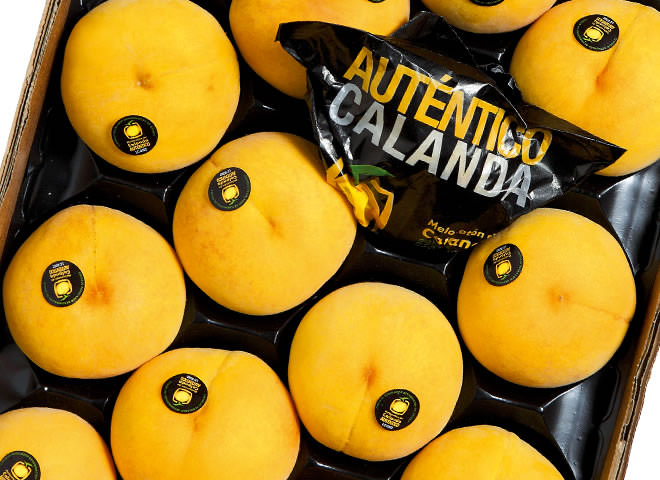
Aragon Ternasco
The ternasco of Aragon, a kind of lamb meat, was the first fresh meat recognized with a specific denomination in 1989 in Spain.
Lamb has a vital historical tradition in Aragon, where its consumption doubles that of the rest of Spain, since it is very important to fix the population in the rural environment as well as sustainable since sheperds labor helps fight wildfires.
The ternasco weighs between 8 and 12.5 kilos and has been exclusively fed with cereals and breast milk, so its meat is soft but tasty and also very healthy since it has a high protein content in vitamins of B3, B6 and B12 and is a source of zinc and phosphorus.
You could also say that it is a product that has become fashionable due to its versatility and the modernity of its new cuts and presentations.
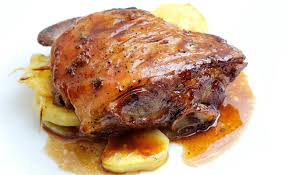
Bajo Aragon wines
The climate and the cold and hard land also characterize the wines of Bajo Aragon area, many of them made from centuries-old vines and are already part of the history and landscape of the area.
This is a small group of only 20 wineries that have decided to bet on quality to be able to compete with other production areas in Aragon as powerful as Borja, Cariñena, Calatayud and Somontano, recognized throughout the world.
Teruel black truffle
The black truffle is the best kept secret of Teruel, one of the world’s leading producers and is one of the best survival guarantees for the province, being a highly prized crop that grows precisely in the poorest soils in mountainous areas very limited for extensive crops such as cereals.
Truffles arise from the symbiosis with native trees such as holm oak, oak or hazelnut. Until a few decades ago they grew wild underground and were collected thanks to the help of truffle dogs. Nowadays it is possible to grow them in a controlled way.
In Teruel, the black truffle stands out in winter and the summer truffle, less intense in aroma and flavor but also very appreciated in the kitchen and that is increasingly causing more interest since its collection takes place in summer and is a good reason to attract tourism to the area during vacation time.
The Truffle Growers Association of Teruel (Atruter) was created in 1996 to advise and help the pioneer producers of this crop, although at present it focuses a good part of its activities on the promotion of this crop still relatively unknown to the gastronomy of Spain. In fact, they have prepared the world’s first tasting tab, which serves to distinguish Teruel Trufer melanosporum black truffle from the Trufer indicum that is imported from China and has a much simpler and less intense aroma and composition but is used sometimes instead of the black truffle because of its lower price.
That is why education and training is such an important task. That is why Sarrión, a town in Teruel known as the world capital of black truffles, organizes each year an Annual Fair and numerous activities to discover one of the wonders of the Spanish High Desert.
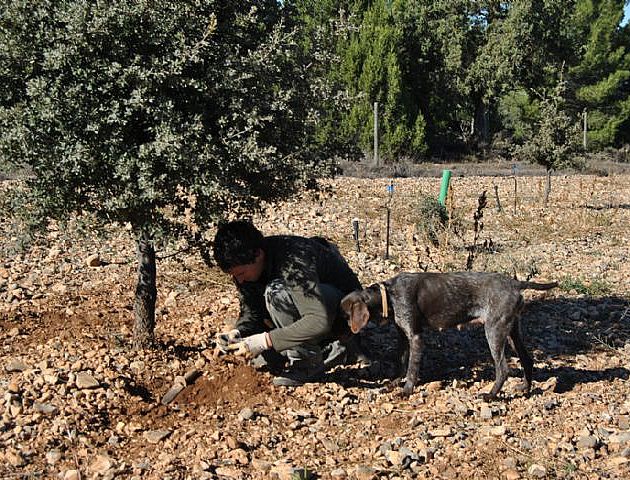


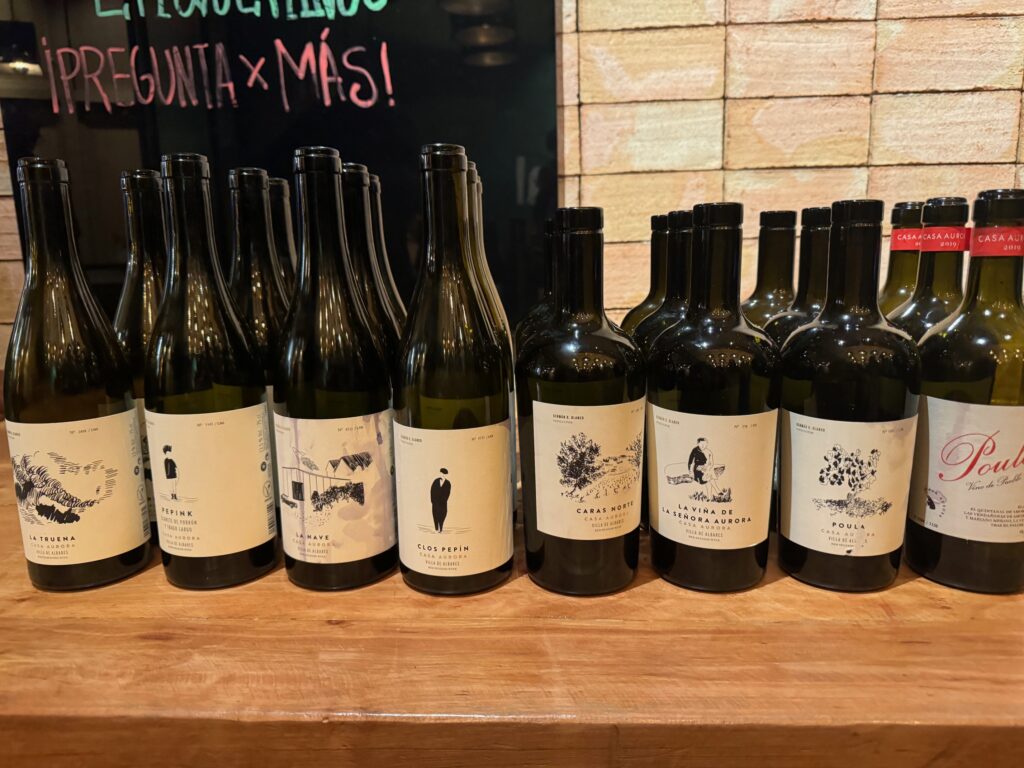
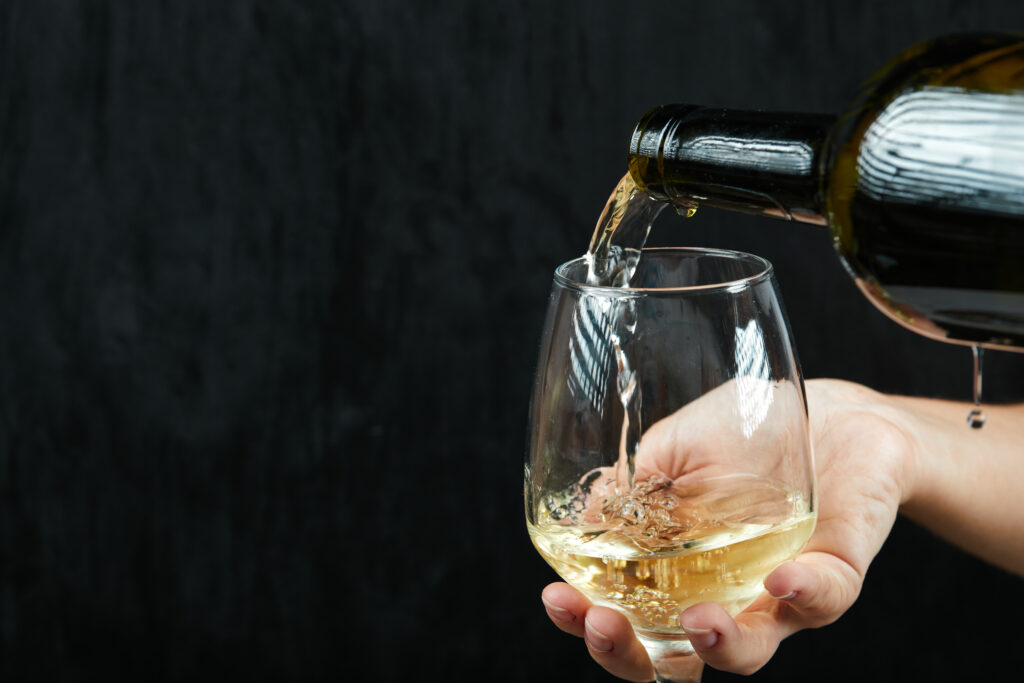
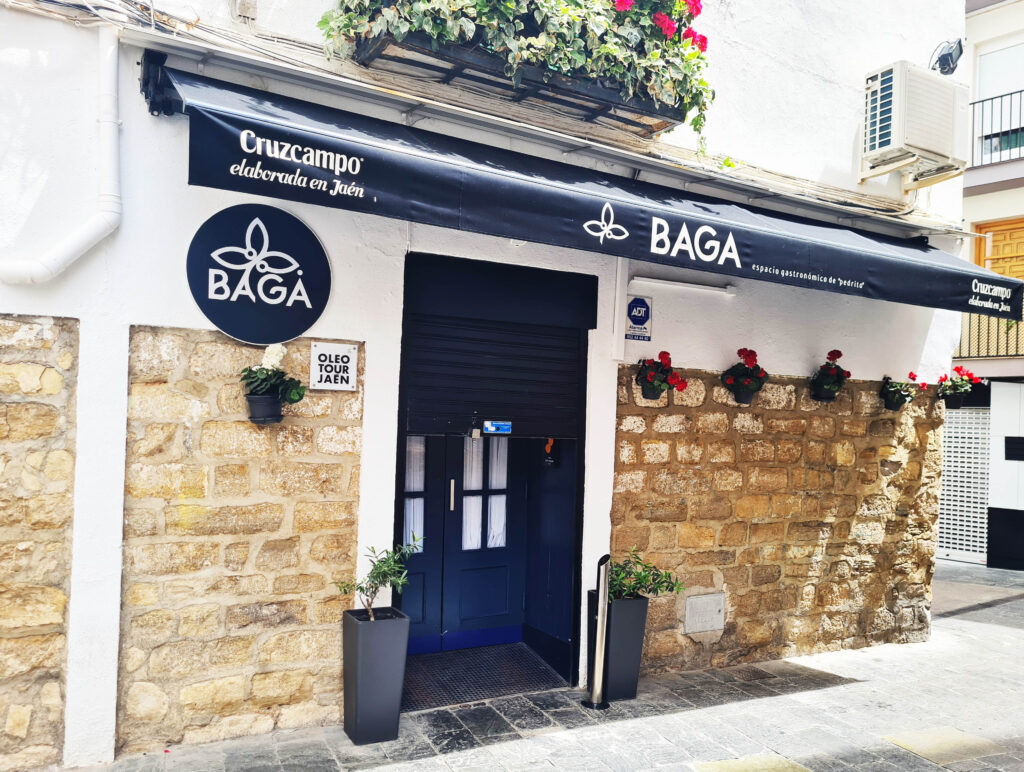
0 Comments